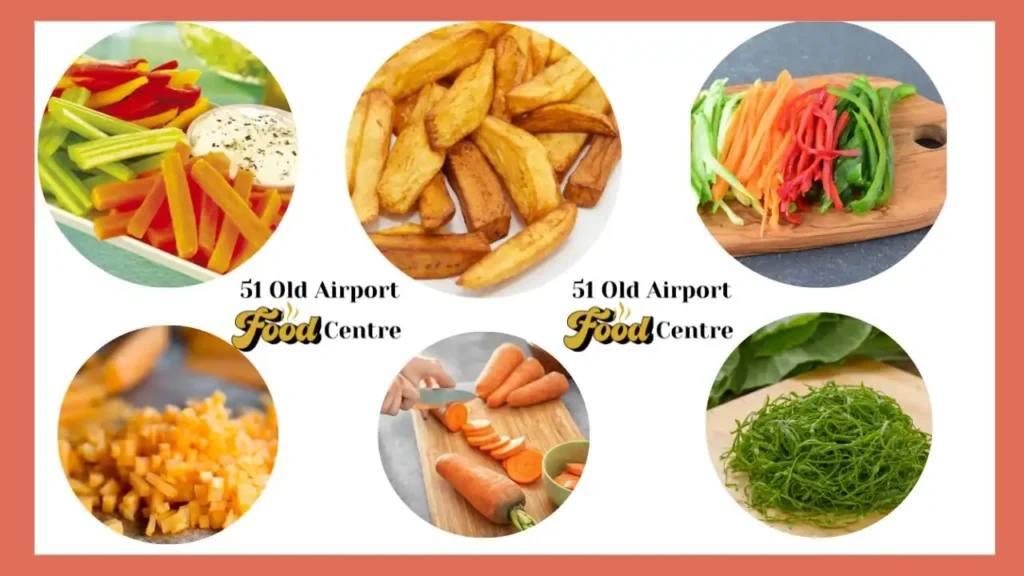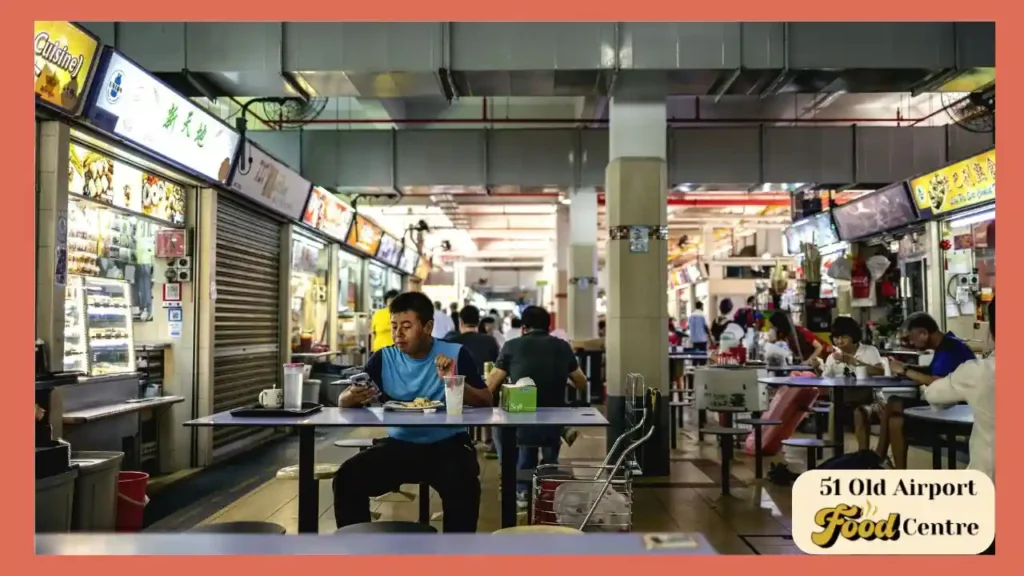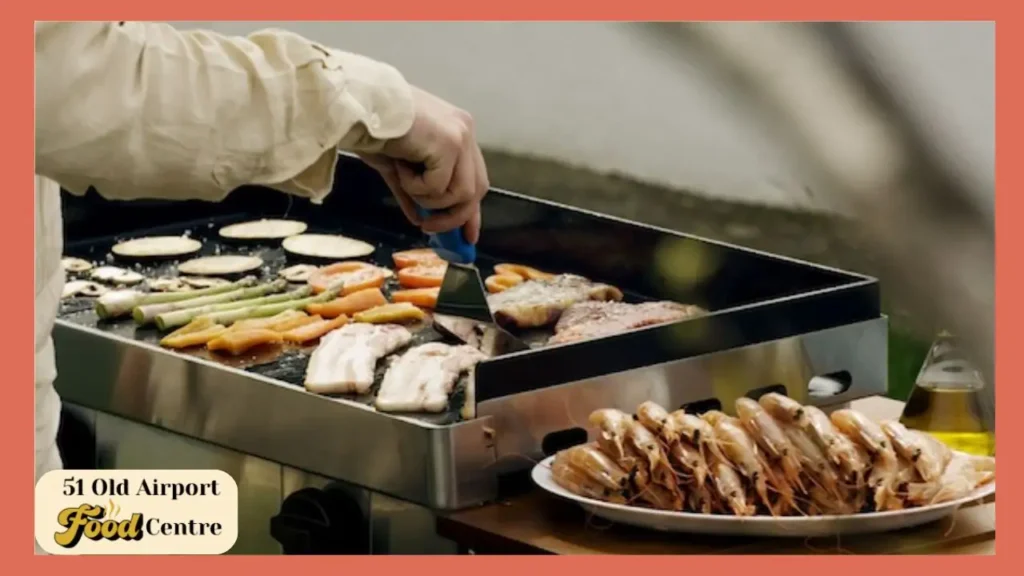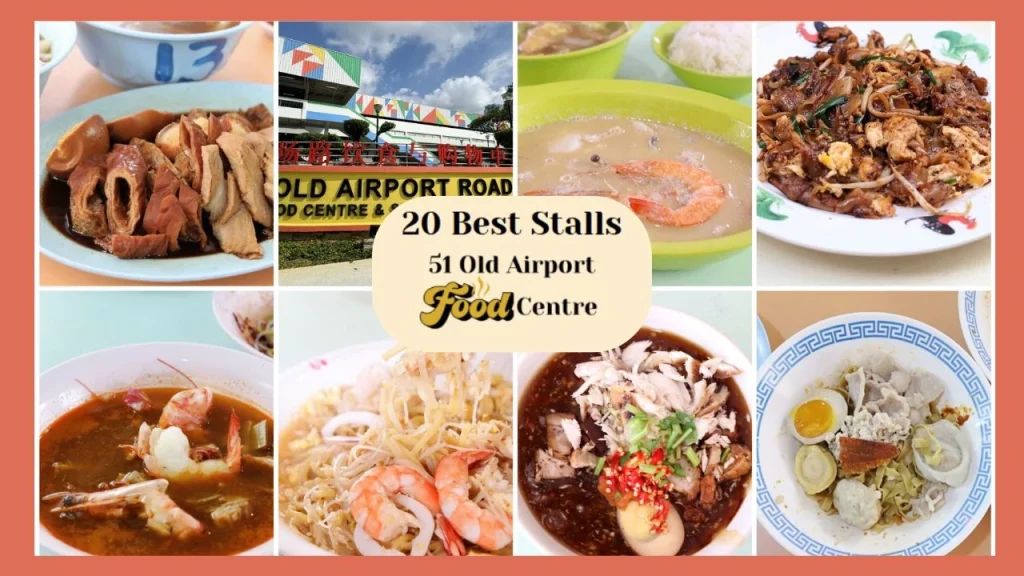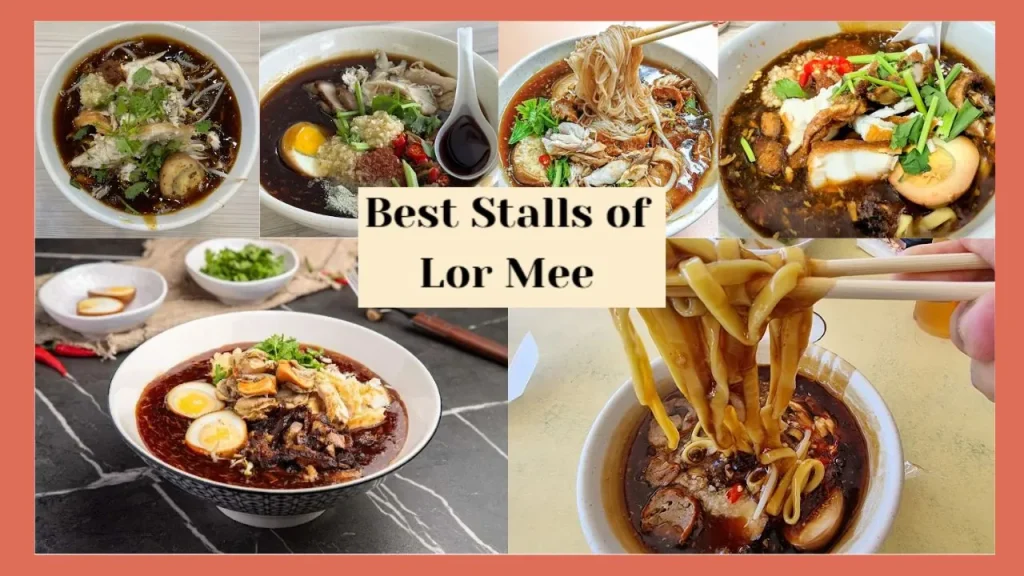What is Kaiseki: Art of Japanese Dining in Singapore’s Food Culture
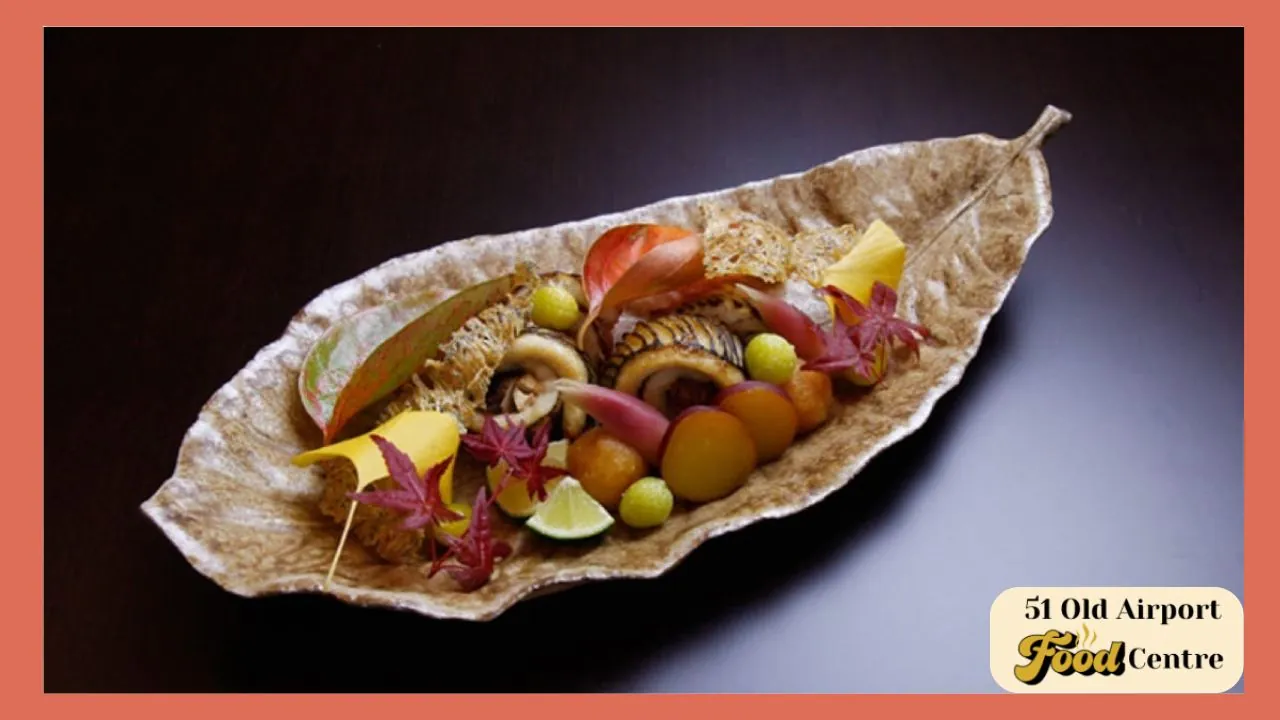
Kaiseki is not just a Japanese meal — it’s a culinary philosophy. Originating from centuries-old traditions tied to tea ceremonies, Kaiseki (懐石) is a multi-course Japanese dinner that balances taste, texture, appearance, and seasonal ingredients. Each dish is crafted with precision and presented artistically to reflect Japan’s seasons and natural beauty, making Kaiseki the pinnacle of Japanese fine dining.
And while you might expect to find Kaiseki only in Kyoto or Tokyo, you’ll be surprised how much of its spirit lives on in places like Singapore’s hawker centres especially in stalls that focus on seasonal specials, visual presentation, and harmonious flavours.
Kaiseki Structure: A Meal That Tells a Story
A traditional Kaiseki meal flows through a structured series of courses, each with symbolic and sensory meaning. While not every Kaiseki restaurant offers the exact same format, the common elements include:
| Course Name | Description |
|---|---|
| Sakizuke | A small appetizer, similar to amuse bouche |
| Hassun | Seasonal platter, often featuring seafood and vegetables |
| Mukozuke | Sashimi course |
| Takiawase | Simmered vegetables with meat or tofu |
| Futamono | Lidded dish, often soup |
| Yakimono | Grilled dish, such as fish |
| Su-zakana | A palate cleanser |
| Nimono | Stewed dish with seasonal flavors |
| Gohan, Ko no Mono, Tome-wan | Rice, pickles, and soup (closing dishes) |
| Mizumono | Dessert — often fruit or a delicate jelly |
Each course is served in a curated rhythm — designed to build anticipation and appreciation for the craft.
Kaiseki in Singapore? Not as Far as You Think
While Kaiseki is rooted in Japan, Singapore’s food scene shares many of its values — especially at places like Old Airport Road Food Centre. Here’s how:
Seasonal Focus
Many hawkers update their dishes based on ingredient availability — just like Kaiseki chefs use seasonal produce to reflect nature.
Visual Plating
Walk past stalls like To-Ricos Guo Shi (Braised Duck) or Nam Sing Hokkien Mee, and you’ll see dishes arranged with intentional contrast and colour. The presentation even in disposable trays — is part of the experience.
Harmony in Courses
You’ll often find side dishes, soup, and rice accompanying mains at hawker stalls — a humble echo of Kaiseki’s multiple-course structure.
Stalls at Old Airport Road That Channel Kaiseki Values
Hua Kee Hougang Famous Wanton Mee
- Their meticulous plating and balance between sweet, salty, and umami show the kind of flavour layering Kaiseki cuisine prizes.
To-Ricos Guo Shi (Braised Duck)
- Focuses on elegant simplicity and depth of flavour — much like Kaiseki’s nimono (simmered dish).
- https://oldairportroadfoodcentre.com/to-ricos-guo-shi/
Xin Mei Xiang Lor Mee
- Offers seasonal toppings and careful contrast of textures (egg, fritters, fish flakes) in each bowl.
- https://oldairportroadfoodcentre.com/xin-mei-xiang-lor-mee-menu/
Kaiseki vs. Hawker Multi-Course Meals
| Feature | Kaiseki (Japan) | Hawker Meals (Singapore) |
|---|---|---|
| Meal Format | Multi-course tasting menu | Single dish with sides or shared dishes |
| Ingredient Philosophy | Seasonal, fresh, minimal processing | Seasonal where possible, bold local flavours |
| Focus | Aesthetic, harmony, seasonal symbolism | Taste, speed, value |
| Dining Environment | Intimate, quiet, artistic | Vibrant, communal, fast-paced |
Although different in setting, both express respect for ingredients, balance, and tradition.
Kaiseki Cooking Techniques
In Kaiseki, chefs use a variety of techniques many of which overlap with Singaporean cooking styles:
- Grilling (Yakimono) → Think charcoal-grilled satay
- Simmering (Nimono) → Common in braised duck or herbal soups
- Steaming (Mushimono) → Similar to chwee kueh or dim sum
- Frying (Agemono) → Found in tempura or local snacks like fried carrot cake
Kaiseki is not about showing off, but about revealing the essence of each ingredient — a value many hawkers also uphold daily.
Why Kaiseki Matters — Even at a Hawker Centre
You don’t need a $300 tasting menu to appreciate the Kaiseki philosophy. At Old Airport Road Food Centre, you can find:
- Respect for tradition
- Mindful presentation
- Ingredient-forward dishes
- A sense of place and season
By understanding Kaiseki, we start to see beauty in everyday food — whether it’s a bowl of lor mee or a sizzling claypot.
Final Words
Kaiseki is not just a meal it’s a mindset. And while you may associate it with high-end Japanese dining, the principles behind Kaiseki are very much alive at places like Old Airport Road Food Centre. The next time you’re enjoying a thoughtfully assembled plate of char kway teow, or a bowl of wanton noodles arranged with care remember: you’re tasting a little Kaiseki spirit, Singapore-style.

